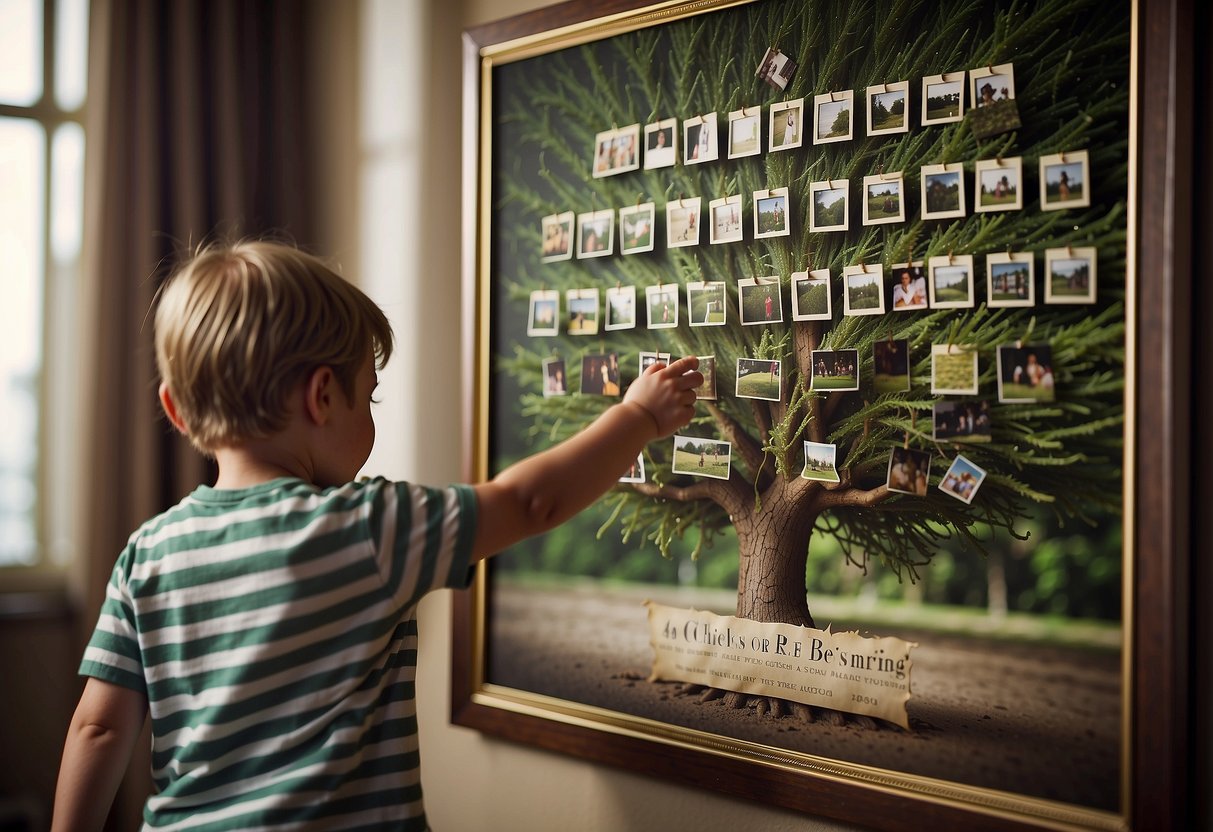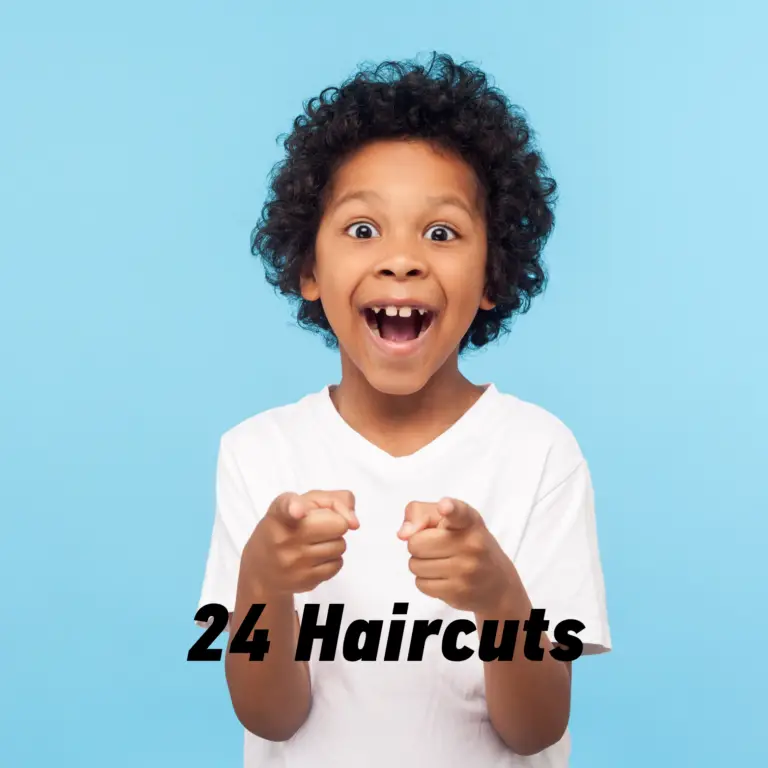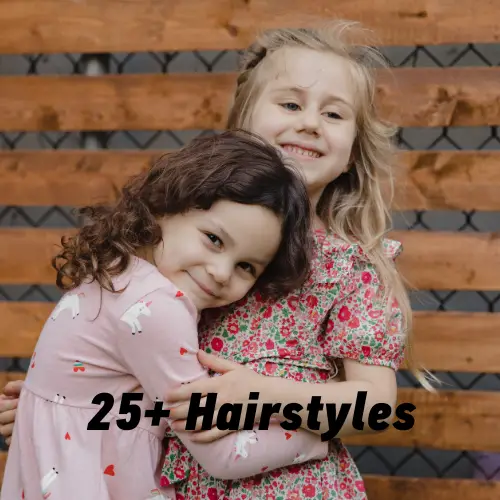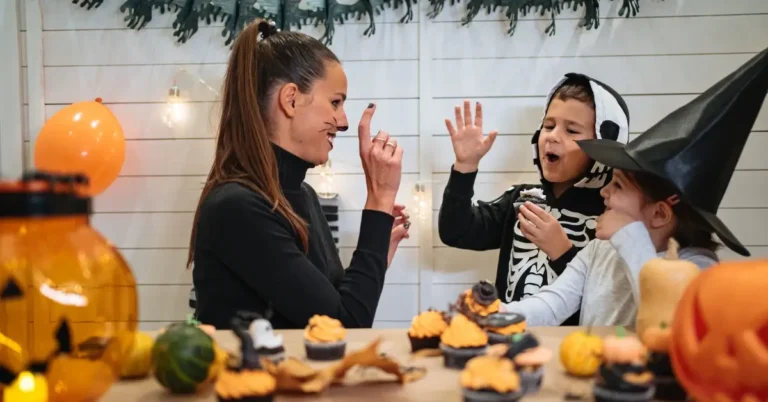Delve into family connections and discover ‘What is My Cousin’s Kid to Me’ with our insightful exploration into the world of extended family relationships.
Understanding Family Connections

Navigating your family tree can be quite an adventure. Knowing how you’re related to your extended family, particularly your cousin’s children, hinges on understanding generational layers and the terms used to describe different relatives.
Defining Cousins and Generational Layers
Cousins are a staple in many family trees and understanding the connection involves grasping generational layers. You are in the same generation as your first cousins, since you share the same grandparents. However, when it comes to the children of your first cousins, things shift. These children are in a different generational layer than you, one step removed from your own.
In terms of generations, think of your family as a series of concentric circles or layers. Each layer represents a new generation: your parents’ generation is one layer, yours is another, and your children’s would be yet another. Generational gaps occur where these layers do not align directly, such as between you and your cousin’s child.
Identifying Second Cousins and the Concept of ‘Removed’
When you hear second cousins, it’s referring to the children of your parent’s cousins. You share great-grandparents with your second cousins yet operate on the same generational level. However, the term ‘once removed‘ comes into play when there is a generational gap between relatives.
Your cousin’s child is not your second cousin – that label is reserved for those on the same generational level. Instead, they are your first cousin once removed. This term ‘removed‘ denotes that there is a generational layer separating you.
Same Generation:
- Your cousins – Share grandparents.
- Second cousins – Share great-grandparents.
One Generational Layer Apart (‘Once Removed’):
- Your first cousin’s child – They are from the generation below you.
Understanding these labels can help you navigate your family tree and recognize each relative’s place within it, making your next family reunion a breeze.
Exploring Extended Family Ties

Navigating your extended family network can be intricate, yet it’s fascinating to see how each relative connects to you. The connections span across different generations and through various branches of the family tree.
The Role of Siblings in Extended Familial Relationships
Your siblings play a crucial role in shaping your extended family. When your brother or sister has children, these little ones are your nieces and nephews—a connection that often brings much joy. If your sibling is an aunt or uncle to someone’s child, that child becomes your first cousin once removed. This title reflects that they are one generation away from you, being the children of your first cousins.
Grandparents and Their Descendants
Your grandparents are the root of many family branches. Your grandparents’ other grandchildren, aside from your siblings, are your first cousins. However, when your first cousins have children, those children are your first cousins once removed. These relationships span across generations, and your cousins’ children would similarly refer to you as their cousin once removed. Your grandparents’ siblings are your great-aunts and great-uncles, adding yet another layer to the family dynamic.
Genealogy and Familial Terminology

Understanding your family’s lineage not only connects you with your past but also helps you recognize your relation to more distant family members. Genealogy reveals the intricate web of relationships that include blood relations, marriage, and ancestry.
Tracing Ancestry Through Great-grandparents
When you trace your ancestry back to your great-grandparents, you’re laying the groundwork for understanding how you’re related to more distant relatives. Your great-grandparents are a key reference point, as each set of these ancestor pairs marks a branching point for different lines of your family tree.
- Great-grandparent: Each individual from whom you are directly descended two generations above your grandparents.
- Genealogy: The study of family history involving the tracing of lineages and histories of ancestor relationships.
To navigate these relationships:
- Identify your four sets of great-grandparents.
- Understand that each set marks the start of a different family line.
- Use this as a baseline to understand how you connect to extended family members.
Third Cousins and Distant Family Relations
Third cousins are an example of more distant cousins in your extended family. You and your third cousins share the same great-great-grandparents but have different great-grandparents and grandparents. This creates a family connection that is one step further removed than second cousins.
- Third cousin: A person with whom you share great-great-grandparents but you have separate great-grandparents and grandparents.
- DNA: Your connection with third cousins can be confirmed through DNA tests, which lend scientific proof to your shared ancestry.
Understanding these terms can help you appreciate the broader scope of your nuclear family and see the larger tapestry of connections built through generations. This insight into your lineage is rooted in the English language terms for family relations and is a fascinating part of the study of genealogy.
Frequently Asked Questions
Navigating family relationships can get tricky, so here’s a quick guide to understanding how you’re related to your cousin’s offspring.
If my cousin has a child, what is our relationship?
Your cousin’s child is your first cousin once removed. This term reflects the one-generation difference between you and your cousin’s child.
Is the child of my cousin designated as my niece or nephew?
No, the child of your cousin is not your niece or nephew. They are your first cousin once removed.
What do the children of my first cousins call me?
The children of your first cousins can also refer to you as their first cousin once removed.
How do I refer to my cousin’s children in my family tree?
In your family tree, your cousin’s children would be listed as your first cousins once removed.
What term describes the relationship between my child and my cousin’s child?
Your child and your cousin’s child are second cousins to each other.
What is the proper term for the child of my second cousin?
The child of your second cousin is your second cousin once removed.






